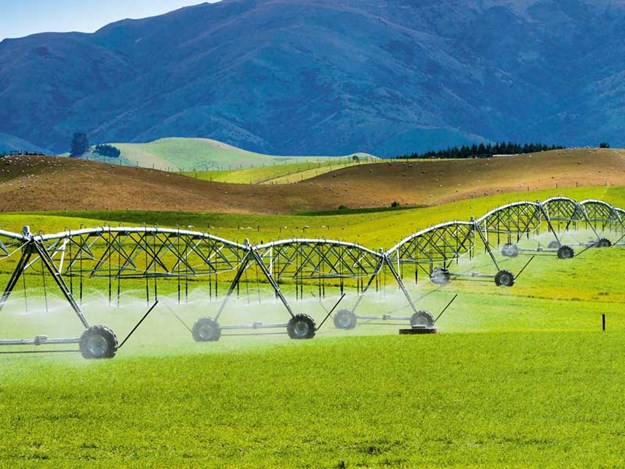Farm advice: Put your herd’s effluent to work for you
With the end of 2019 just out of reach and the warmer months well on their way, it’s important to keep on top of both irrigation and effluent disposal systems, for those who have them
Effluent disposal is an important part of farming. Effluent disposal systems can range from treatment ponds to land-based treatment systems, where the effluent is pumped from sumps or holding ponds.

It’s important to consider how well utilised your effluent disposal system is, both to enhance grass growth but to also make sure it’s not detrimental to the environment. With all the considerations farmers have to pay attention to in their day-to-day operations and how they impact the environment, it’s important to if your effluent system is also suitable for your particular farming operation.
Your effluent system and procedures also fall under the farm environment plan (FEP) umbrella so that’s another reason why it’s important to show its being used with good management.
If you’re considering designing or upgrading your effluent system you should consider using an accredited design company to ensure you're meeting the targets I talked about above.
The Farm Dairy Effluent System (FDES) Design Accreditation programme provides dairy farmers with an assurance of a fit-for-purpose effluent management system for their farm.
Upgrading effluent systems represents a significant investment, so getting an accredited designer ensures that investment will be worthwhile and will contribute to the sector moving towards more sustainable dairy farming operations.
A fit-for-purpose effluent system design supports the six main objectives of the FDE Design Standards and the Code of Practice: to capture all farm dairy effluent, to spread the farm dairy effluent at a time that allows uptake by plants, to uniformly spread the farm dairy effluent to the desired depth and at the desired intensity, to control farm dairy effluent application to within the boundaries of the application area, to ensure that farm dairy effluent systems can be operated safely, and to comply with all regulatory requirements, including consent conditions.
The accreditation of design organisations is based on demonstration of systems and processes that provide assurance of good design practice resulting in fit-for-purpose effluent systems. Accreditation is held by the organisations, not individuals within organisations, as the organisation is accountable for the service being provided. Accredited organisations are subject to a complaints process that can be initiated by both clients and regulators.
Accredited organisations have had their design skills and workplace systems assessed by an independent panel and have met the accreditation standard. They have also signed an agreement stating all their designs, from the date of accreditation, will be consistent with the Farm Dairy Effluent Design Code of Practice and Standards.
Accredited companies have been assessed for their competency and skills and companies hold accredited status for a two-year period. After two years, a renewal application is submitted and an audit of the company’s activities is conducted and, if successful, accreditation status is granted for a further two years. This process allows for continuous improvements as earning and maintaining accreditation keeps a business aware of, and engaged in, current best practices.
For more information about the Farm Dairy Effluent System (FDES) Design Accreditation programme or to find a list of the accredited companies, visit the FDES Design Accreditation website effluentaccreditation.co.nz or the DairyNZ, IrrigationNZ, and NZMPTA websites.
Find more farm machinery for sale in NZ
Keep up to date in the industry by signing up to Farm Trader's free newsletter or liking us on Facebook


.jpeg)
.jpg)
.jpeg)

.jpg)
.jpeg)
.jpg)
.jpeg)







